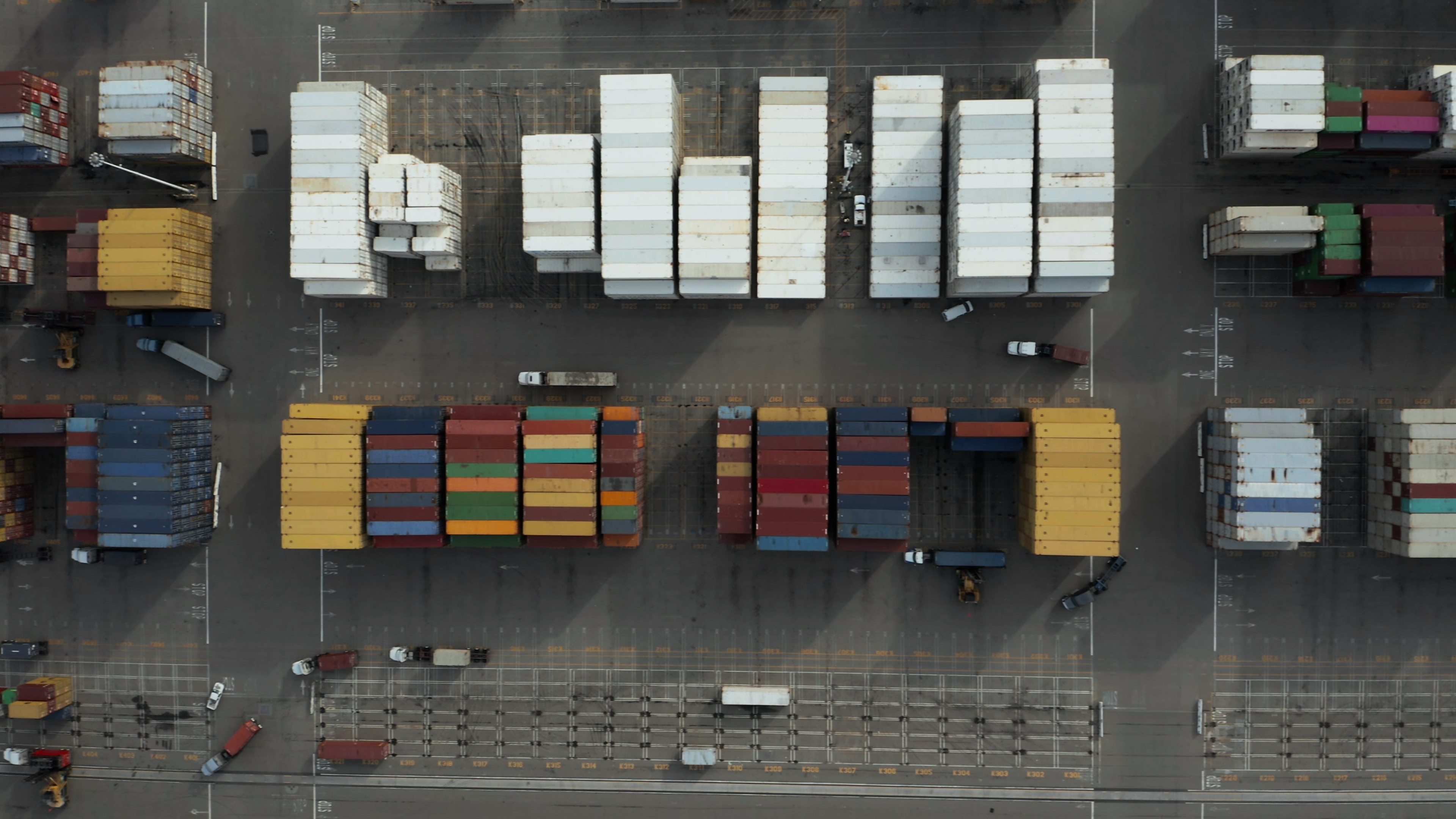Trade tensions affecting markets in 2019, but tight supply set to keep prices up

Production forecasts for the global seafood sector in 2019 suggest total supply will be similar to 2018. Flat or marginal growth is projected while demand continues to strengthen. Catches will remain low for some key wild-caught species, including cod, mackerel and octopus, while tuna fisheries were also less productive in early 2019 compared with the same time last year.
Total capture fisheries production is expected to drop by around 3.4 percent in 2019, compared with an increase of 2.2 percent in 2018, largely driven by good anchoveta landings. For aquaculture, the picture for 2019 is mixed. Continued growth of around 4 percent is forecast for aquaculture production as a whole, but supply remains rather tight for important traded species such as salmon. From the estimated 177.8 million tonnes of fish to be produced in 2019, some 89 percent will be utilized for direct human consumption, translating into global per capita consumption of 20.5 kg.
Global seafood trade in 2017 and 2018 was characterised by high prices and significant growth, but formerly positive conditions have deteriorated in early 2019. Trade tensions between the United States of America and China have not been resolved and uncertainty is widespread. Adding to the unfavourable trade environment is the extension
of the deadline for the United Kingdom’s exit from the European Union (Member Organization) to 31 October 2019, with no more consensus as to the most likely outcome of ongoing negotiations concerning a potential deal. This keeps the seafood industry in both the United Kingdom and the EU in the dark for up to seven more months and maybe even longer, with the possibility of significant tariff implications still very much on the table. Combined with tighter monetary conditions in many large economies, this uncertainty is expected to restrict global gross domestic product (GDP) growth to 2.6 percent, compared with 2.9 percent last year.
The FAO Fish Price Index (FPI) hit a record level of 165 in March 2018, marking the culmination of a trend driven by tight supply for many heavily traded species coupled with strong demand worldwide. Upward price momentum petered out towards the second half of 2018 as production volumes rose for several species, but price levels were still high in historical terms going into 2019. The FPI was flat year-on-year at 160 points in December 2018, with prices for wild-caught species for octopus and mackerel still exceptionally high, but plentiful shrimp and salmon harvests in the second half of the year helped to push down prices for traded aquacultured species. Prices for fishmeal, which is an important input for the global aquaculture sector, trended strongly downwards on good production volumes throughout 2018 and remained low in early 2019.
With global demand slowing and trade tensions contributing to a more challenging market, multiple major seafood exporters are seeing trade contractions in 2019 following positive performances last year, particularly in Asia. China’s total seafood exports are likely to be down significantly for the year, while the export revenues of Indonesia, India and the Philippines are also set to take a hit. Norwegian exports should remain steady on good price levels for its most important species, while for Latin American exporters, a strong salmon market and high fishmeal production is likely to see total exports rise. On the market side, Japan, the EU and the United States of America have all seen declines in the total value of seafood imports in early 2019, giving back some of the gains achieved last year. In developing economies, import growth is set to slow but remain positive.
The negative effects of the trade war between China and the United States of America will persist throughout 2019, with the additional possibility of an escalation in Transatlantic trade tensions between the United States of America and the EU. Together with a still uncertain Brexit outcome, these concerns are fuelling speculation that global trade is set for a significant slowdown. As seafood tends to follow prevailing trade trends, it is likely that 2019 will be a more challenging year for the industry as a whole. At the same time, however, supply shortages for various groundfish, cephalopod and small pelagic species are set to continue, keeping prices relatively high even if demand weakens. For aquaculture producers, while some species such as shrimp are well-supplied at present, a recognition of long-term demand trends and a general seafood shortage will continue to drive investment and research into alternative means of farmed fish production.

